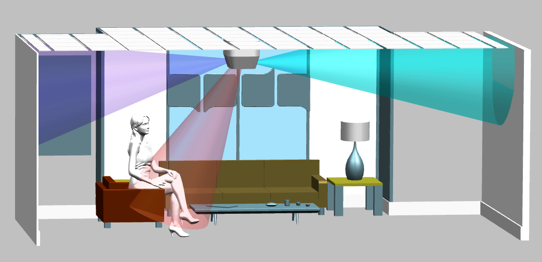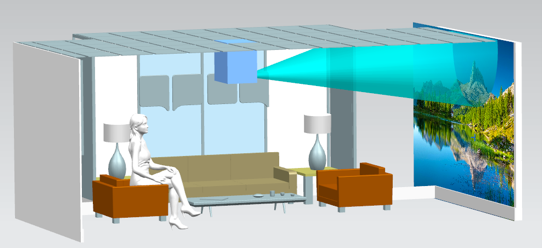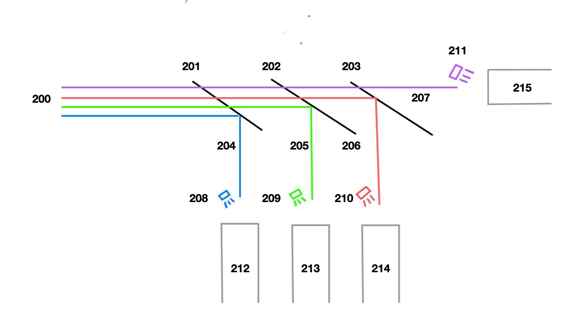Background
The economic impact of depression before COVID-19 is 1 trillion USD. This number is estimated to have tripled due to the pandemic. A part of this increase is due to the change in illumination as people spend more time indoors. Light has many significant health impacts on humans. Bright light exposure to the eyes drives the entrainment of the human circadian rhythm and is key to good sleep and mental wellbeing. Red and IR light can promote healing. In addition, frequency modulation of light can influence cognitive function, such as influencing seizures or treating Alzheimer’s. As light exposure to the eyes can signal neurobiological pathways to influence serotonin transporter function in the brain, sufficient intensity of light over time can be successfully used to improve treatment resistant depression. However, many of these benefits of light require much higher power output compared to traditional illumination (20x), preventing successful commercial implementation. Therefore, a solution is needed to improve mental health through better illumination while accounting for impacts on energy and climate change.
Description of the invention
Researchers at the University of Waterloo are developing a computer vision enhanced illumination system that maps the user’s location, gaze, environment, and uses this data to provide healthful light strategically. The lighting system that tracks the location and gaze of users as well as maps the environment including ceiling and walls. The system then uses this data to provide light and projected computer graphics either directly or through reflection to the environment and user. For each health benefit and specific wavelength group, the system provides light in a targeted manner. Circadian rhythm lighting is provided only in locations where users are most often gazing. IR-red healing light (and optionally UV light for vitamin D) is provided to locations that can reach users’ bodies. By providing light only where it is needed, the system can significantly reduce power consumption (currently 10x) while providing clinically effective health and mental health benefits.
Advantages
- Clinical health improvements – Wavelength specific lighting to improve health based on clinical research
- Low Energy Consumption – Targeted light output based on computer vision allows energy consumption to be reduced by 10x compared to full spectrum unidirectional lighting.
- Customization – Smart lighting system allows for user to customize light and graphics based on personal preference
Potential applications
- Office spaces – improve productivity and reduce sick days
- Hospitals – Improve staff and patient health, system can be added with directional UV for sanitization against pathogens
- Smart homes – Home illumination for better wellbeing
- Classrooms – Improve student and staff wellness and focus

Fig. 1. Computer vision low energy directional lighting in an enclosed office space application

Fig. 2. Computer vision low energy directional lighting with graphical projection

Fig. 3. Optical module with beam splitting mechanism for high efficiency utilization of full spectrum light sources
Reference
10198
Patent status
Patent Pending in Canada and US
Stage of development
System architecture completed, working prototype in development
Contact
Scott Inwood
Director of Commercialization
Waterloo Commercialization Office
519-888-4567, ext. 33728
sinwood@uwaterloo.ca
uwaterloo.ca/research